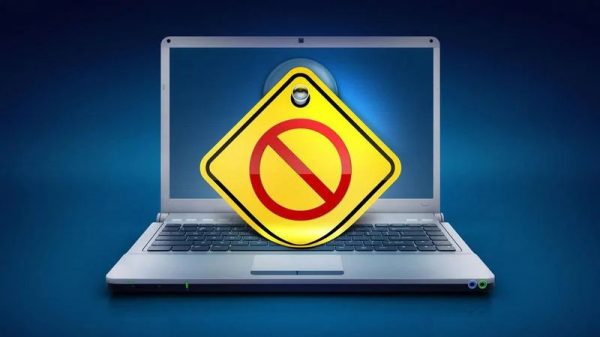On April 17, MediaNama conducted a discussion on Aarogya Setu from a privacy standpoint, and whether the app would even accomplish its stated objectives. On the panel were Professors Subhashis Banerjee (IIT Delhi) and Bhaskaran Raman (IIT Bombay), who were among the co-authors of the paper Apps for COVID: to do or not to do; and security researcher Riddhi Shree, who has studied the studied the technical features of the app. The discussion was moderated by MediaNama's Aditi Agrawal. This post focuses on what could be fixed and improved to make Bluetooth-based contact tracing work in India. Some suggestions from and based on the discussion: How to improve Aarogya Setu Make a case for contact tracing: At present, there is no white paper detailing how or if apps could be effective in contact tracing. The government needs to make a case of contact tracing, especially since, as Prof. Raman said, "Contact tracing is of use only when there is no community transmission." A resolution in the European Parliament, passed on April 17, has similarly demanded a proof of concept for contact tracing apps. Encounter graphs vs proximity alerts: "It is certainly possible to improve the effectiveness of contact tracing by doing a graph analysis instead of simple point-to-point contact tracing," Prof. Banerjee said. Since surfaces are a major vector for the disease, he argued that it's impossible for the app to be effective with just proximity alerts from Bluetooth signals by people next to each other. "Encounter graphs can either be centralised or…






























